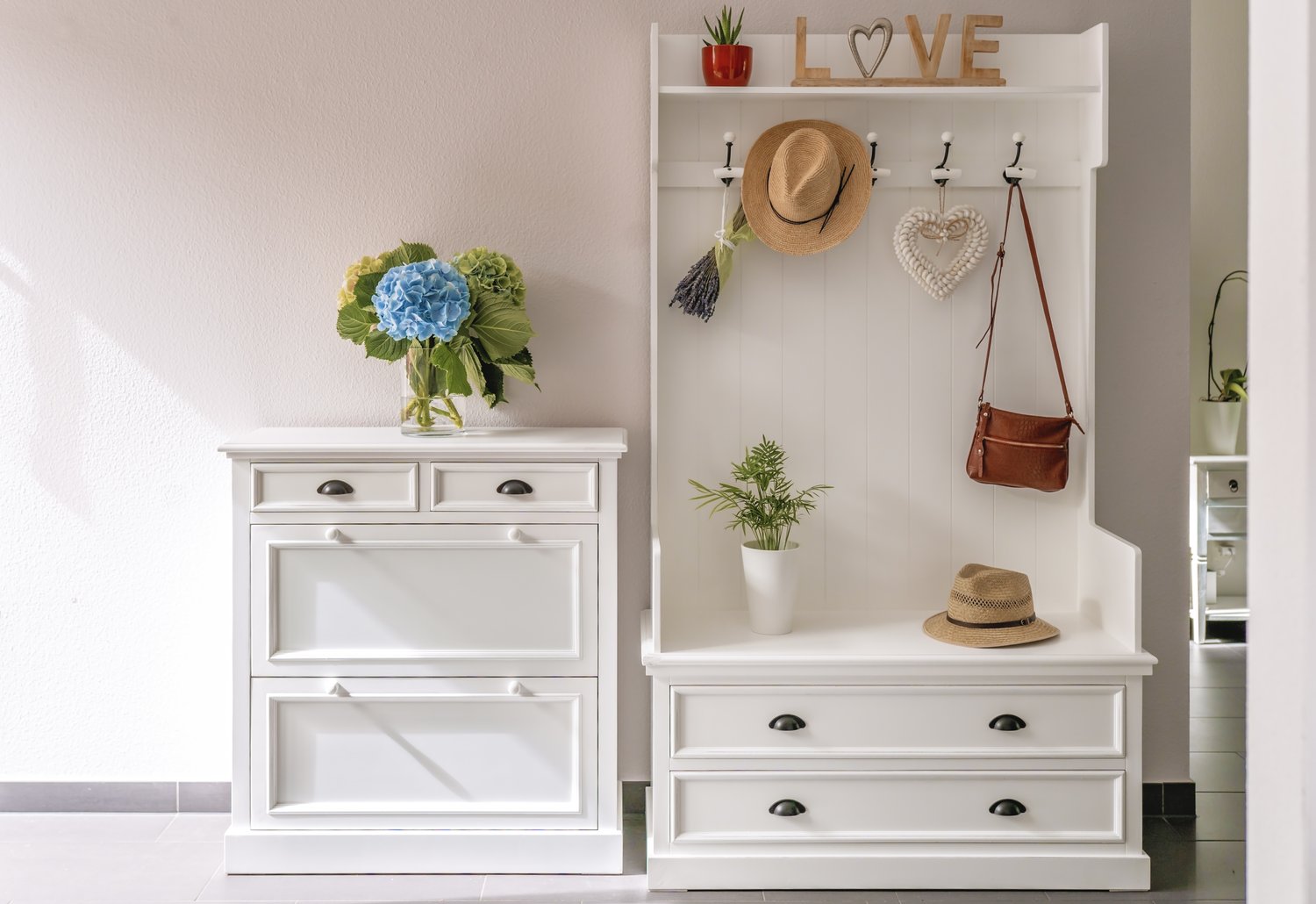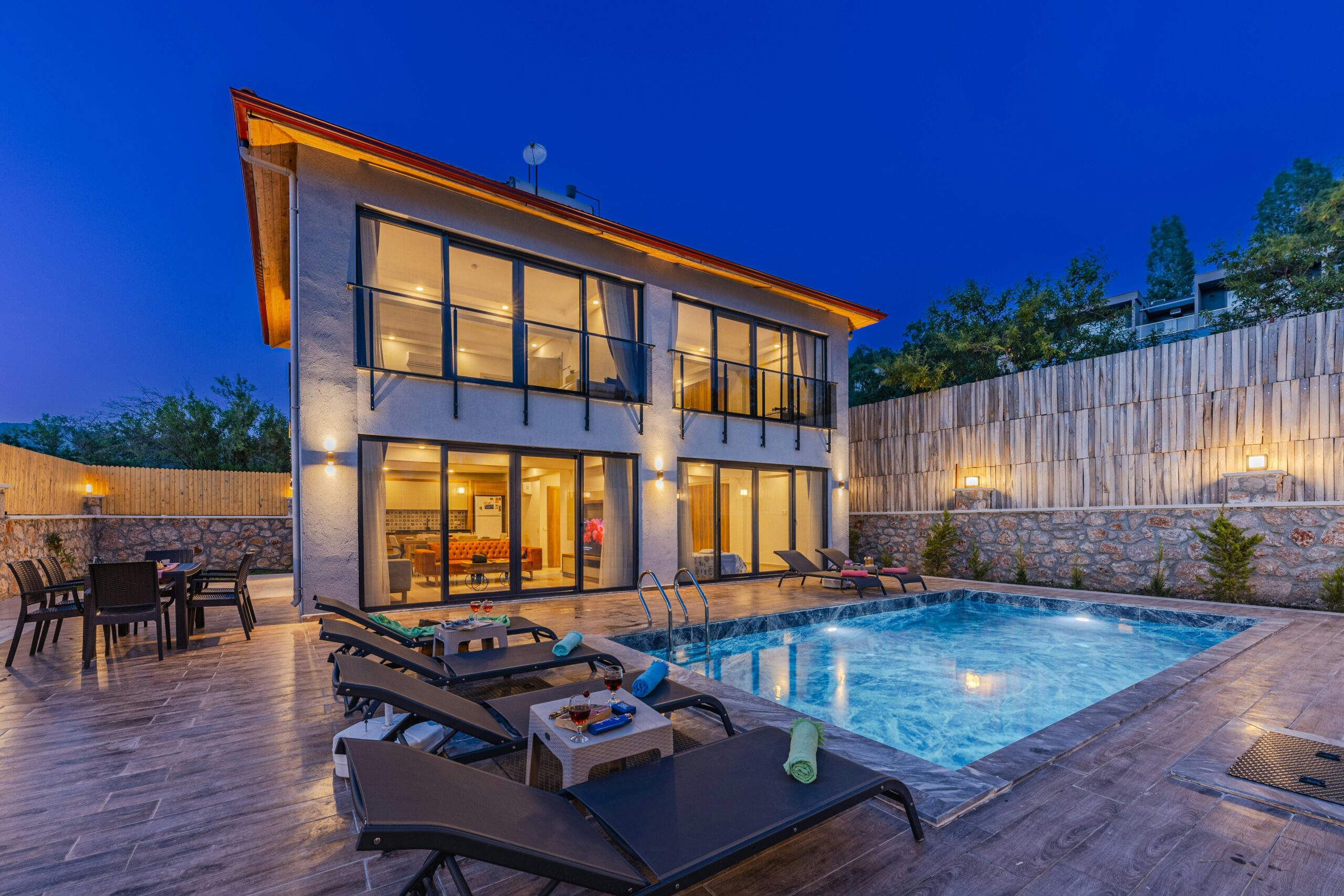A pergola can transform an ordinary outdoor space into a stunning architectural feature that provides shade, defines areas for entertaining, and adds significant value to your property. Pergolas offer incredible versatility and aesthetic appeal, whether you’re looking to create a cozy reading nook, an outdoor dining area, or simply enhance your landscape design. This article explores various pergola styles, including attached and freestanding options, examines different material choices such as wood, vinyl, and metal, and provides typical cost ranges for installation to help you plan your perfect outdoor structure.
Understanding Pergola Basics
Pergolas are outdoor structures with columns supporting a roofing grid of beams and rafters. Pergolas typically have open roofs, unlike gazebos, though many homeowners customize them with fabric, retractable canopies, or climbing plants for additional shade. Before diving into backyard pergola plans, it’s essential to understand that these structures can be architectural focal points while simultaneously creating functional outdoor living spaces. The open architecture of pergolas creates a unique interplay of light and shadow throughout the day, adding visual interest even when not in use. Many homeowners find that working with detailed build pergola guide materials helps them better envision how this structure will complement their landscape and home design.
Attached vs. Freestanding Pergola Designs
When exploring pergola design ideas, one of the first decisions is choosing an attached or freestanding structure. Attached pergolas connect directly to your home, creating a seamless transition between indoor and outdoor spaces. These designs typically require less material and fewer support posts, potentially reducing your pergola installation budget. They’re ideal for covering patios, decks, or entryways, and provide a natural extension of your living space. Freestanding pergolas, conversely, can be placed anywhere in your yard, creating destination areas away from the house. These structures require more support and materials but offer greater flexibility in placement and design. Many homeowners use freestanding pergolas to highlight garden areas, create poolside retreats, or establish distinct outdoor rooms within larger landscapes. According to experts at AskHomey, either style can significantly enhance your property’s functionality and curb appeal when properly designed and constructed.
Material Options and Durability Considerations
The materials you select for your pergola fundamentally affect its appearance, maintenance requirements, and lifespan. Traditional wood pergolas offer classic warmth and character that many homeowners prefer. Cedar and redwood naturally resist rot and insects, while pressure-treated pine offers affordability and decent durability when properly maintained. Wood pergolas generally require regular maintenance, including staining or sealing every 1-3 years. Vinyl pergolas provide virtually maintenance-free alternatives with excellent longevity, but at a higher initial pergola cost and installation investment. These structures won’t rot, warp, or require painting, making them ideal for busy homeowners. Metal pergolas, typically aluminum or steel, offer exceptional strength and modern aesthetic appeal. Aluminum won’t rust and requires minimal maintenance, while steel provides maximum structural integrity for larger designs or areas with high wind exposure. When developing your build pergola guide checklist, carefully consider your climate, maintenance preferences, and design aesthetic to select the most appropriate material.
Popular Pergola Styles and Design Elements
Contemporary backyard pergola plans incorporate numerous style variations to suit different architectural preferences. Mediterranean-inspired pergolas often feature stone columns with wooden crossbeams, creating rustic, timeless appeal. Modern designs may utilize clean lines, metal elements, and minimalist approaches for sleek, sophisticated statements. Traditional pergolas typically showcase detailed woodwork, decorative end cuts on rafters, and classical proportions. Beyond the basic structure, consider incorporating design elements like built-in seating, privacy screens, climbing plant supports, or integrated lighting systems. Retractable canopies or shade cloths can transform a pergola into a three-season space, offering protection from sun and light rain. The complexity of these features will naturally impact your overall pergola cost and installation budget, but they can significantly enhance the functionality and enjoyment of your outdoor living area.
Cost Considerations and Installation Options
Pergola installation costs vary widely based on size, materials, design complexity, and whether you choose DIY or professional installation. Basic DIY kits using pressure-treated wood might start around $1,500-$3,000 for materials alone. Custom-designed cedar or redwood pergolas installed by professionals typically range from $4,000-$10,000, while high-end designs with premium materials and features can exceed $15,000. When budgeting for pergola cost installation projects, remember to include expenses for site preparation, permits (if required), paint or stain, and any electrical work for lighting. While DIY installation using detailed build pergola guide materials can save substantial money, professional installation ensures structural integrity and proper anchoring and often includes warranties. Most homeowners find that balancing budget constraints with quality considerations yields the best long-term value for this significant outdoor investment.
Maintenance Requirements and Considerations
Proper maintenance ensures your pergola remains beautiful and functional for years. Wood pergolas require the most attention, inspection for warping, splitting, or insect damage, and regular cleaning and refinishing. Vinyl and aluminum structures need occasional cleaning with mild soap and water to remove dirt and debris. Winter preparation may include removing fabric covers, checking for loose fasteners, and clearing snow accumulation regardless of material type. When planning your backyard pergola plans, factor in these ongoing maintenance requirements to ensure you select a design and material that aligns with your willingness and ability to perform necessary upkeep.
For more tips and to connect with reliable home service professionals, follow AskHomey on Facebook and Instagram.



